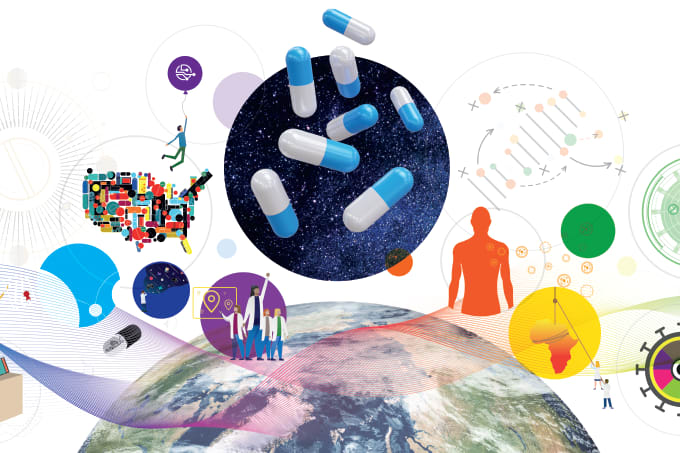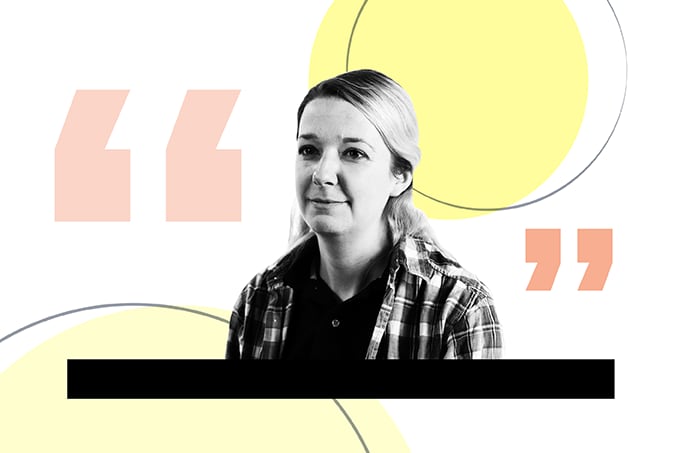
Batch release management streamlines pharmaceutical disposition by centralizing data across quality, regulatory, and manufacturing systems. The process begins when a batch disposition is created, with disposition checks completed manually or automatically, followed by review, approval, and a final decision – such as Accepted or Rejected. Often lengthy, the system models essential components to ensure compliance and provide a single, auditable process for moving medicines safely from manufacturing through regulatory approval to patients. Mike Edwards, Director, Batch Release Strategy, Veeva, explains how automation is accelerating the process for advanced therapies.
What CGT trends have led to the development of Veeva’s batch release strategy?
Before cell and gene therapy, batch release was always a necessity in pharma. Once a batch is manufactured, the process of releasing it involves multiple steps, which can take time. For a traditional drug, like Tylenol or insulin, products can sit in a warehouse for weeks, months, or even years before distribution.
CGT is different. First, shelf life is much shorter since products are manufactured from a patient’s own cells and returned to them quickly. Second, the urgency is far greater – you want to dose patients as soon as possible, while they are healthy enough to benefit. If someone with leukemia waits even a single extra day, their disease may progress and the treatment could be less effective.
Could you list a few of the challenges involved?
Unlike laboratory information management systems (LIMS), quality assurance (QA), or regulatory processes – where ownership is clear – batch release is a team effort, generally led by QA but involving multiple groups. Improving the process isn’t as simple as telling one person or department to speed things up. QA must coordinate with LIMS, deviations, change control, and more.
On top of that, many companies outsource manufacturing to CMOs or CDMOs, so they’re trying to accelerate processes over which they have little direct control. This creates significant complexity.
What’s the pressure like for QA and QC teams?
It’s enormous. Companies invest tens or even hundreds of millions into CGT programs and manufacturing sites. But there’s a choke point after manufacturing and before release – getting the product safely back to patients. If that step isn’t efficient, return on investment suffers. That’s why everyone feels the pressure – from C-suite executives monitoring revenue and inventory to quality and regulatory teams. Some organizations even hold daily stand-ups to keep batches moving.
What support is available from regulators, and how do you use it?
Regulatory elements are managed and monitored before a product can be shipped to a particular market. This includes checking market authorizations, supplier changes, formulations, labels, and so on. Those changes are tracked in quality systems, then flow into the batch release system. Without this, companies might have to navigate dozens of countries and countless changes manually. Now, they can see at a glance, for example: “This batch can be released to Germany, but not to the UK.”
In CGT, we talk about the “vein-to-vein” process – starting with the patient, moving through manufacturing, and returning treatment to the patient. Batch release technology plays a role by centralizing the data needed for release decisions. Without this, someone might have to check seven or eight different systems, review paper documents, or make phone calls. If we can consolidate all that into a single digital view, CGT developers see the full status of a batch across the supply chain in one place.
What’s next for the sector in the next five years, technology-wise?
Compliance is the next major focus. Companies must prove that every step of GMP review and sign-off was properly executed. In Europe, qualified persons are personally responsible for this. Paper-based systems make compliance difficult. Digitized, GxP-compliant systems with audit trails and controlled access, however, are a huge win. Although digitization has been advancing for decades, batch release is still in its early stages. Most conversations today are about moving from manual to digital – not yet digital to AI.
How much faster and more efficient is batch release with digital technology?
The improvements are dramatic. Many companies today want to shrink release timelines from several weeks to under a day – or from 50-70 hours of effort down to 10 or 15 minutes.
That’s possible because current processes are burdened by non-value-added steps. For example, a sponsor might receive multiple 70-page CMO documents and have to manually review them line by line. Automating this turns hours into minutes. Companies that have gone through the transformation to digitize batch release are seeing significant efficiency gains.
Will paper processes eventually become obsolete?
Yes, but not just for the sake of eliminating paper. The goal is reducing cycle time and human workload. AI will help drive this shift. Imagine an AI reviewing a 70-page document in seconds, flagging missing signatures or deviations, and feeding that straight into the system. A task that once took three hours could take five minutes.
Ultimately, the aim is proactive quality – using real-time data to identify process bottlenecks, predict supply chain challenges, and ensure that when an order comes in, the company can actually deliver the simple end result: getting medicines to patients faster.




